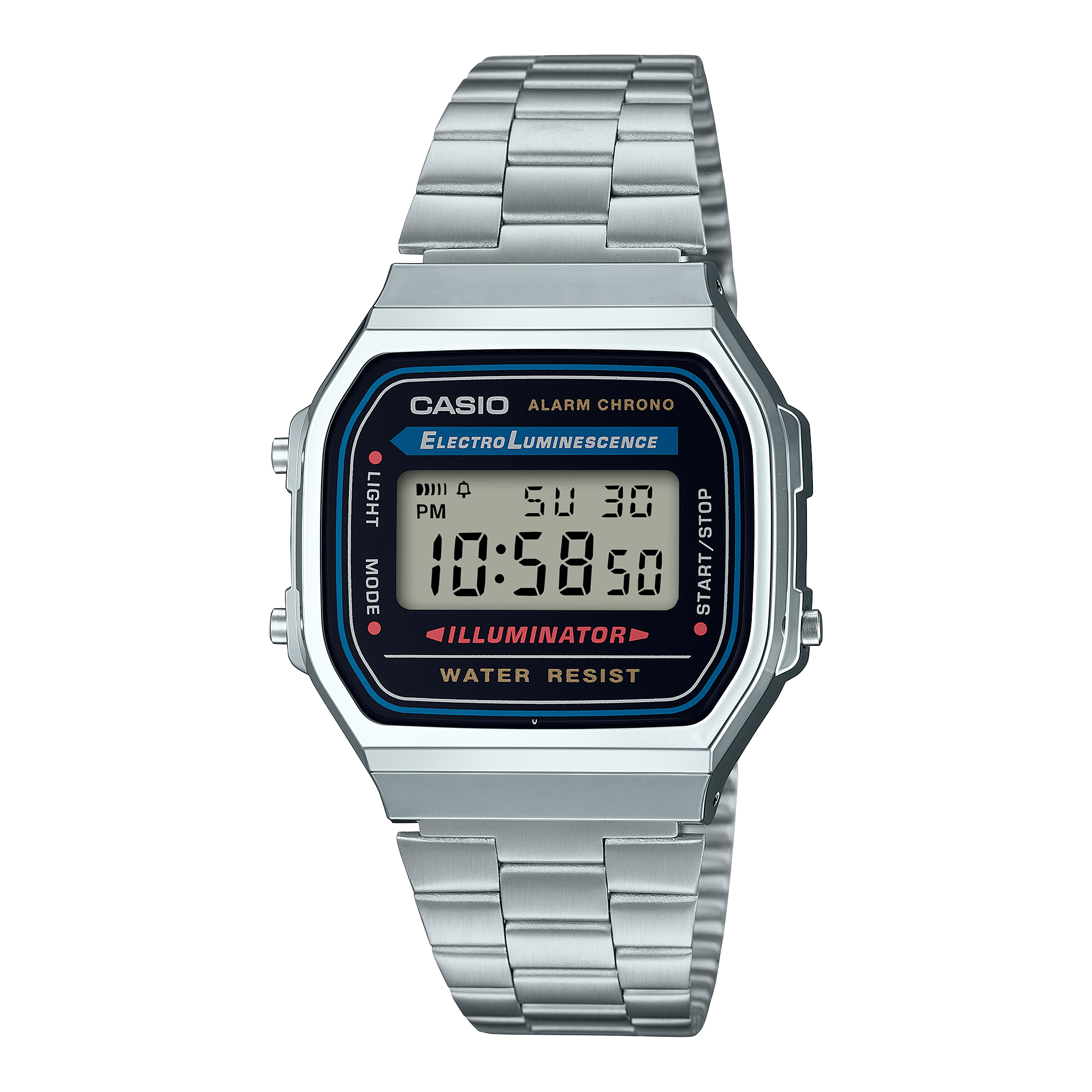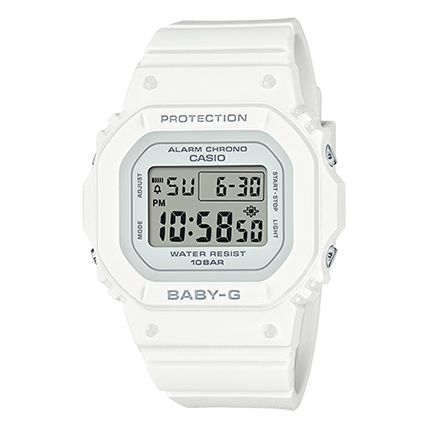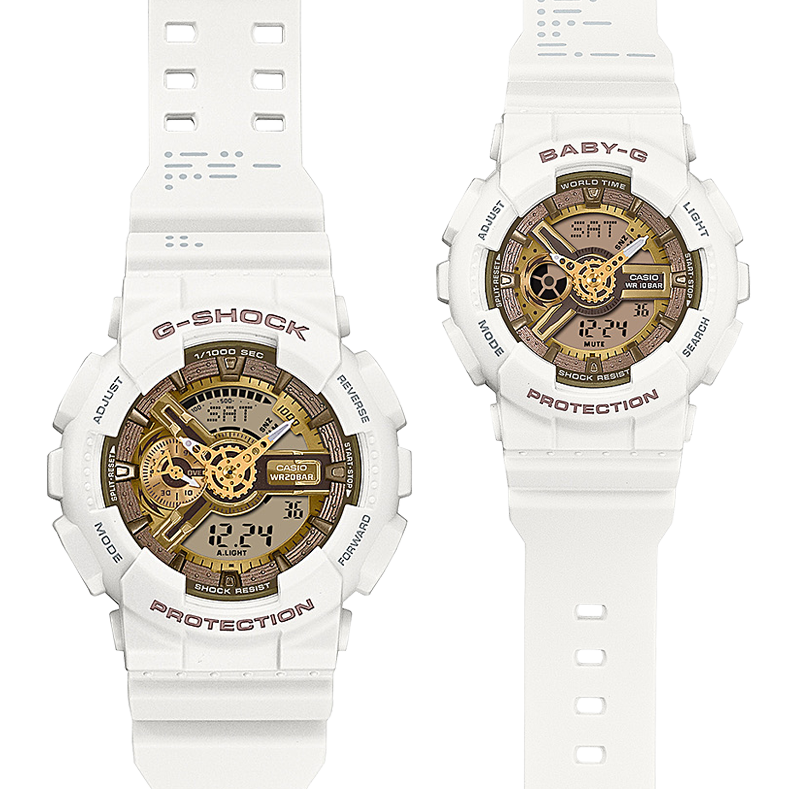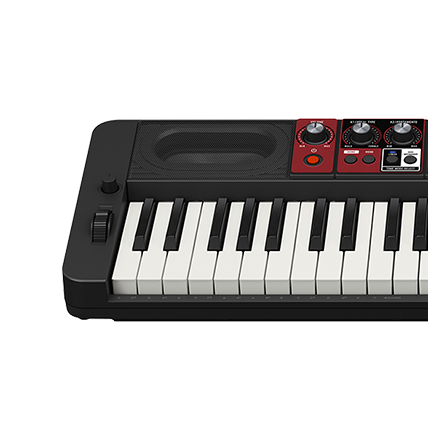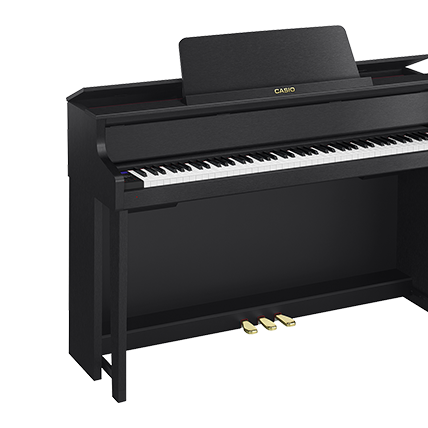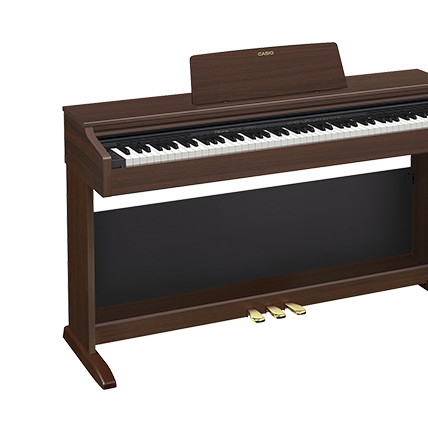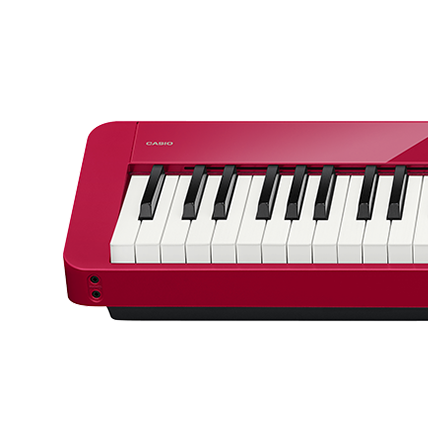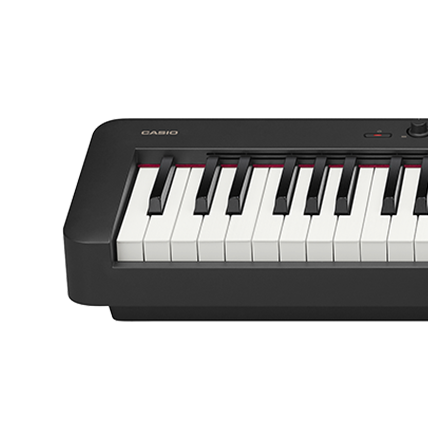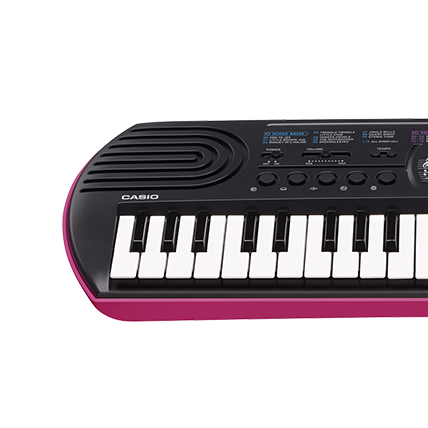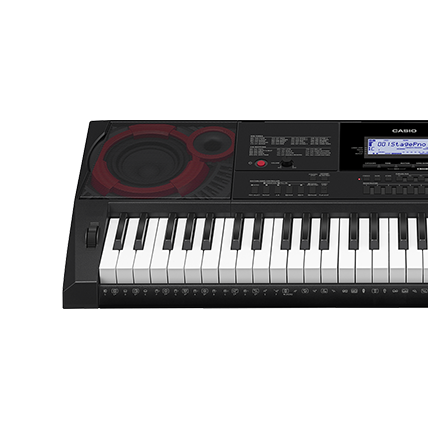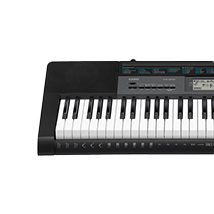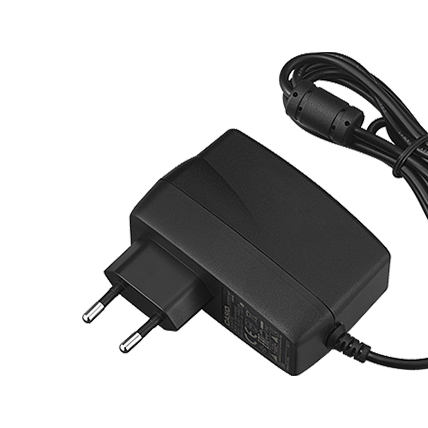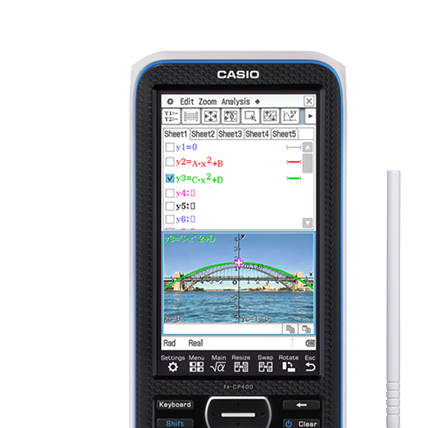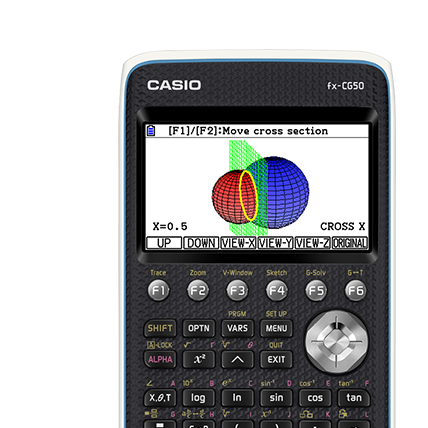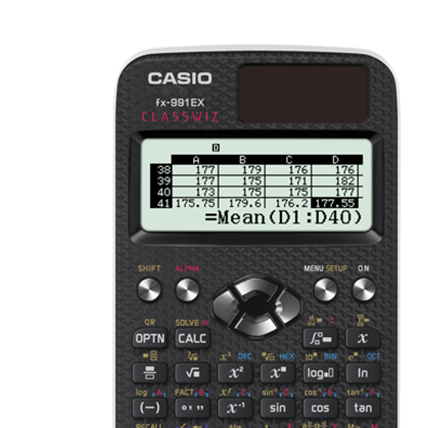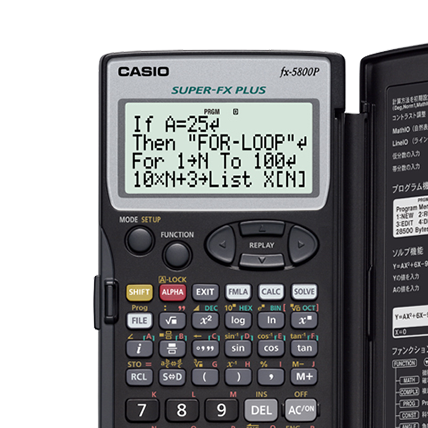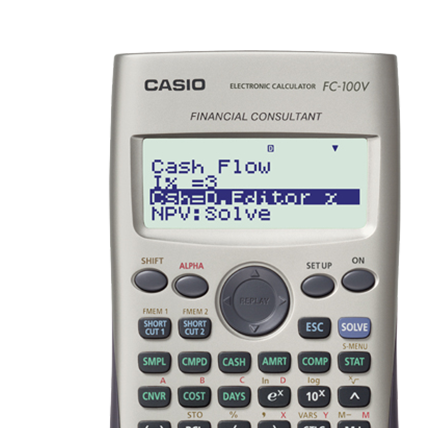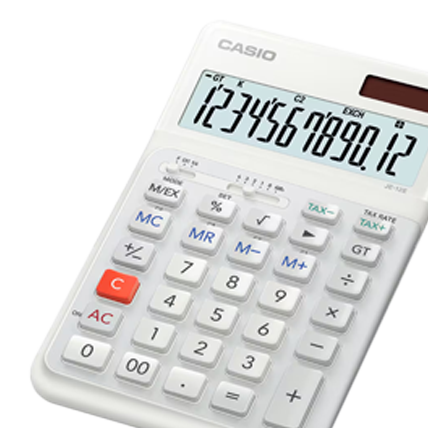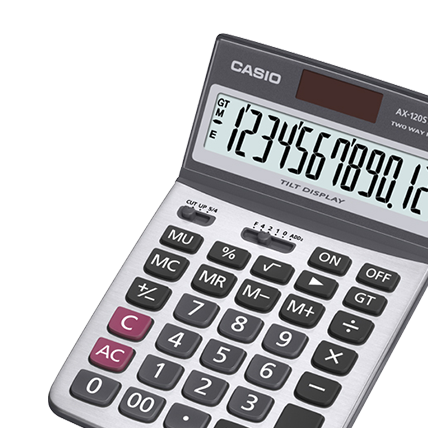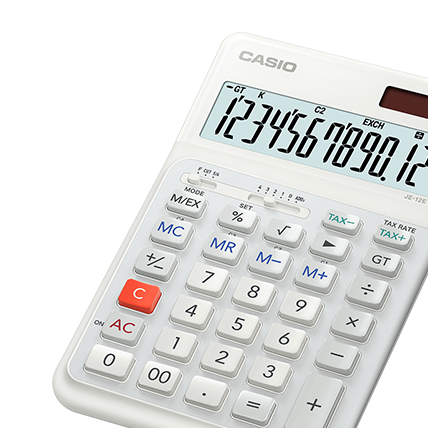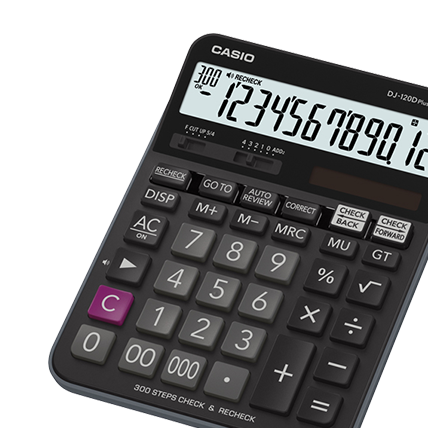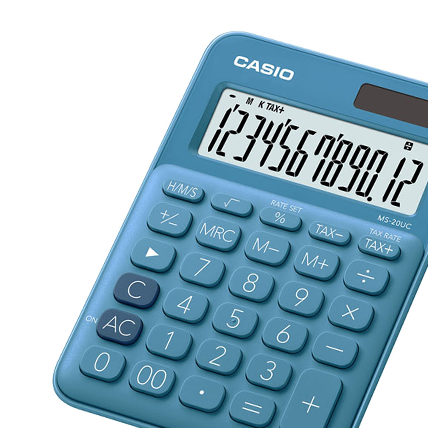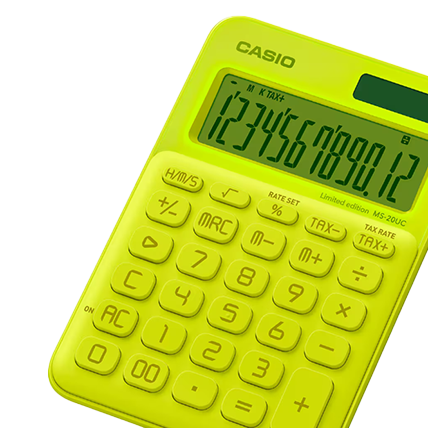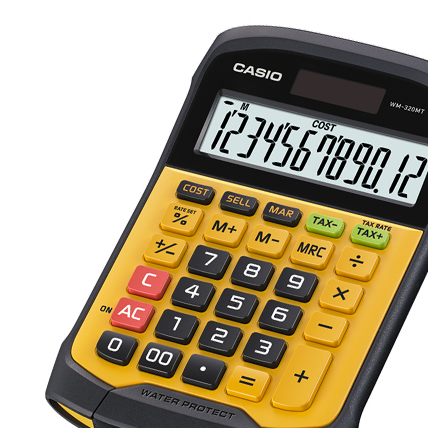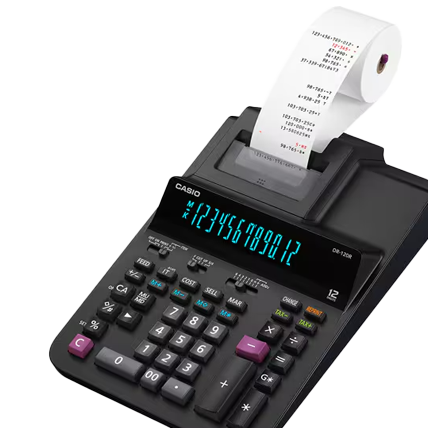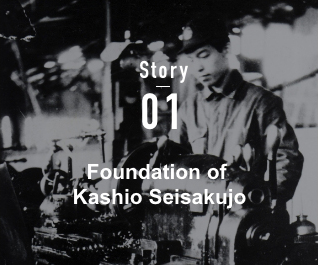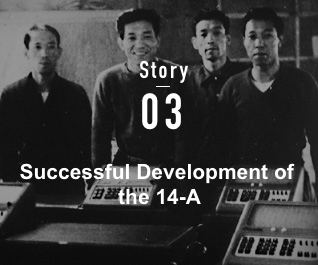
Taking on the Challenge of Developing an Electric Calculator
Making the Best of the Four Brothers’ Specialties
Making the Best of the Four Brothers’ Specialties

Taking on the Challenge of
Developing an Electric Calculator
Developing an Electric Calculator
Making the Best of
the Four Brothers’ Specialties
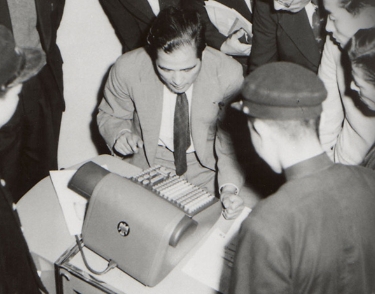
-
“Why don’t we try developing
an electric calculator?” -
In 1949, Tadao and Toshio, who were looking for inspiration for their next product after the yubiwa pipe, visited the first Business Show in Ginza, Tokyo. There they saw electric calculators, a luxury item whose price rivaled that of a car. They were powered by motors turning internal gears and could calculate faster than wind-up calculators, which were mainstream at the time. Compared to modern calculators, they were very slow and noisy.
Having seen these new calculators, Toshio asked Tadao, “Why don’t we try developing one?” Toshio thought that even these complicated devices would be no match for the combined strength of his ideas and Tadao’s excellent craftsmanship. This is how the Kashio brothers took on a new challenge.
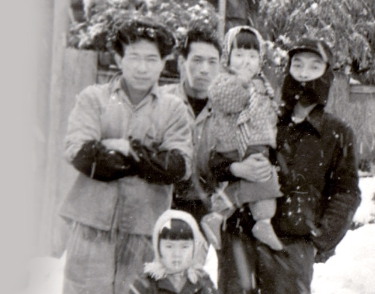
-
Completing the nation’s
first electric calculator
by making the best of
the four brothers’ specialties -
Day after day, Toshio sat at his desk and kept thinking of ways to improve the speed of the electric calculator.
Finally, he came up with a solution using a solenoid, which is a type of electromagnet. He thought that using electric circuits for processing instead of gears would result in faster calculations. In 1950, Kazuo, the third oldest brother, joined Kashio Seisakujo. Yukio, the youngest, followed suit in 1952. Toshio would come up with ideas; Yukio, who had majored in technical engineering at university, would make technical drawings; Tadao and Kazuo would turn Toshio’s ideas into reality. The four brothers proceeded to develop calculators with a well-organized division of labor.
Despite their teamwork, many difficulties lay ahead, and they experienced numerous failures. Nevertheless, one of them would always encourage the rest to try again, and they would come up with a new approach. In 1954, they finally finished the prototype of a solenoid electric calculator, the culmination of four years of development full of mutual encouragement and effort.
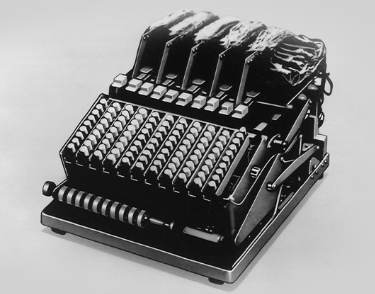
- A cruel declaration
-
The prototype of the solenoid electric calculator weighed around 30 kg and was the size of a small backpack. “It can make precise calculations automatically. This is a breakthrough.” The brothers had great confidence about Japan’s first electric calculator, which they had created from scratch by themselves.
Shortly thereafter, Kazuo and Yukio visited an office supplies trading company to showcase the solenoid calculator. Kazuo drove a motorcycle as Yukio rode on the back while carrying the machine. Kazuo, who had the best marketing skills among the four, gave a sales pitch. He explained the functions of the calculator while demonstrating each one. In response, the company representative told the two brothers, “This calculator is very well made, but you really should have come here five years earlier…” The reason for the negative review was the lack of a continued multiplication function, which allows the operator to perform additional multiplication with the result.
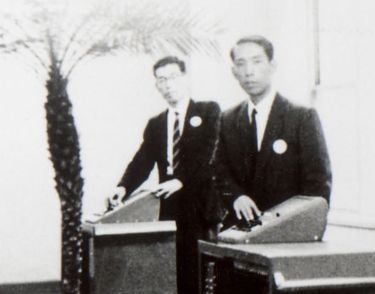
-
Supporting each other
to find the best solution -
“He’ll be so disappointed…” After their calculator was unexpectedly declared to be outdated, Kazuo and Yukio went home and told Toshio everything. However, his response was, “I was careless!” The next day, he said, “I’m adding continued multiplication to our electric calculators,” immediately redoubling his efforts. With him in the lead, the brothers continued to improve their calculators. When development funds were running low, Tadao dedicated himself to fundraising.
“I can’t just sit and look at Toshio work at his desk all day,” he said. Tadao managed to raise money by selling the forest he had bought using earnings generated from the yubiwa pipe and pleading for loans from banks. 1956 marked the seventh year since development of the calculator started. The brothers had successfully added continued multiplication and were nearing the mass production stage. Just then, Toshio suddenly said, “I want to start over.” His proposal was that they shift from developing solenoid electric calculators, which were difficult to mass produce due to their complicated mechanical structures, to all-electric calculators utilizing relays, which were used for telephone exchange equipment at the time.



